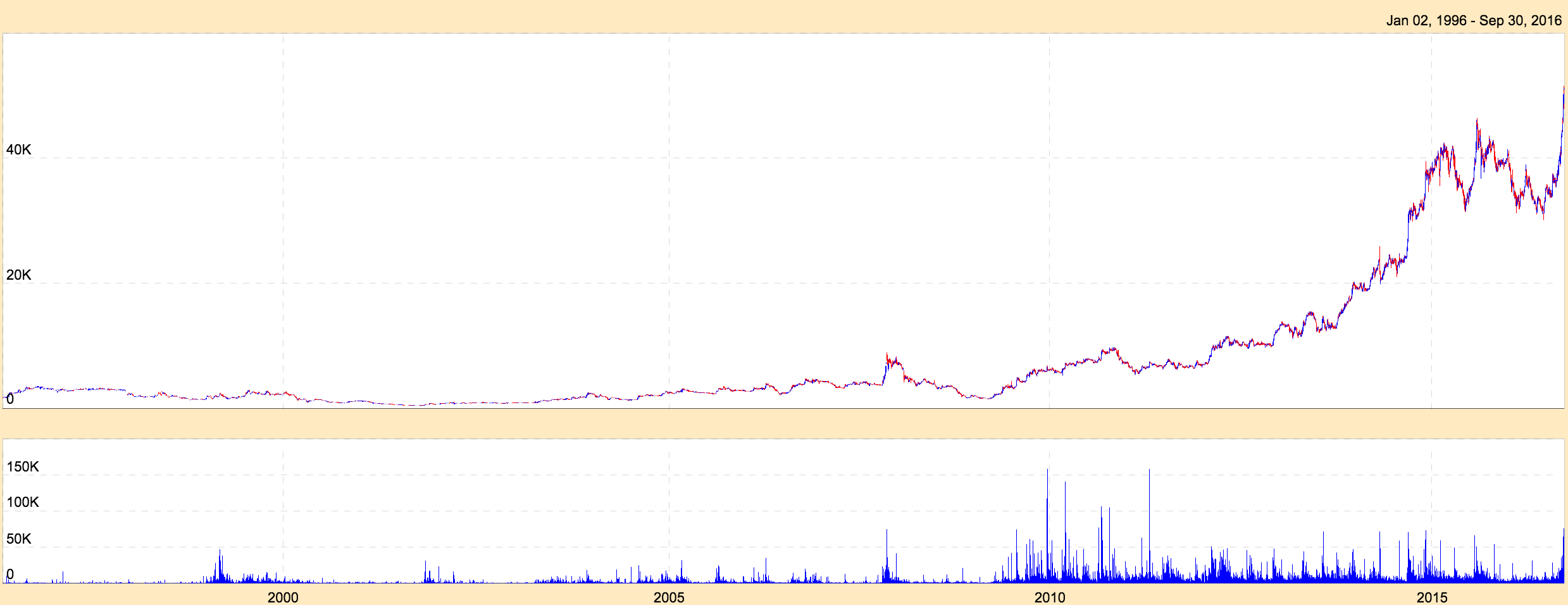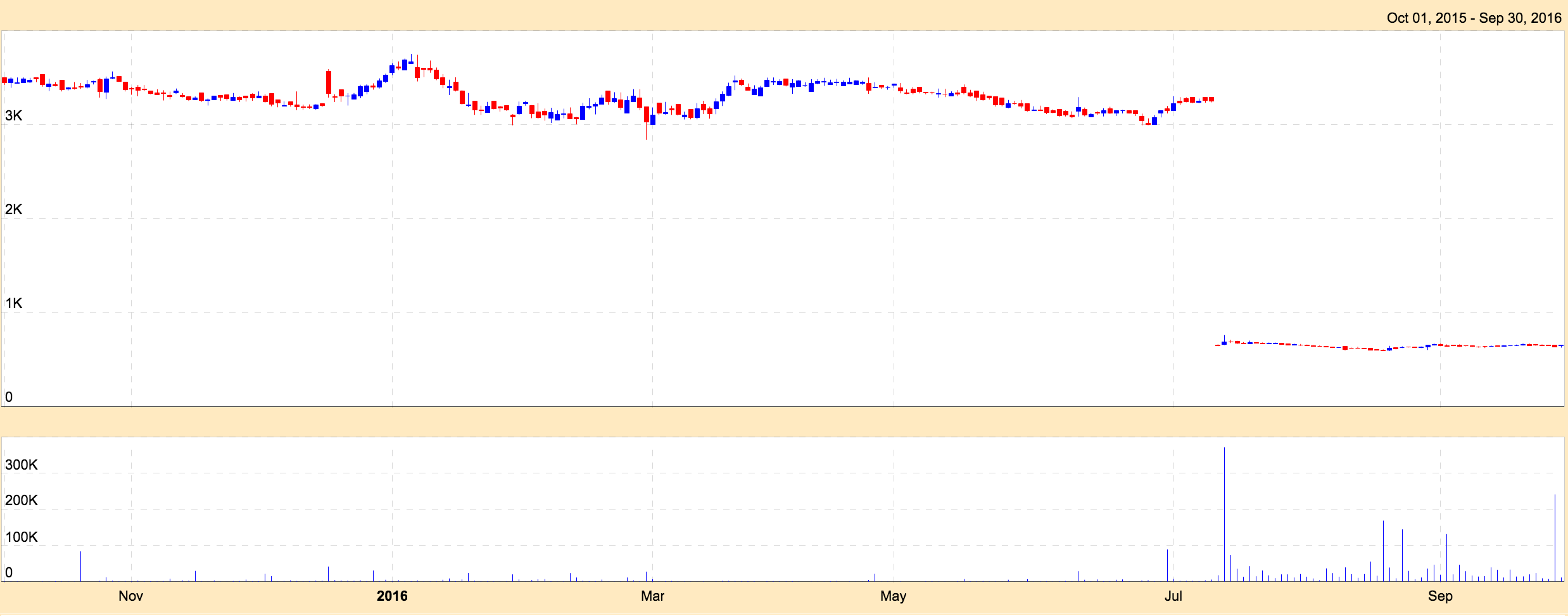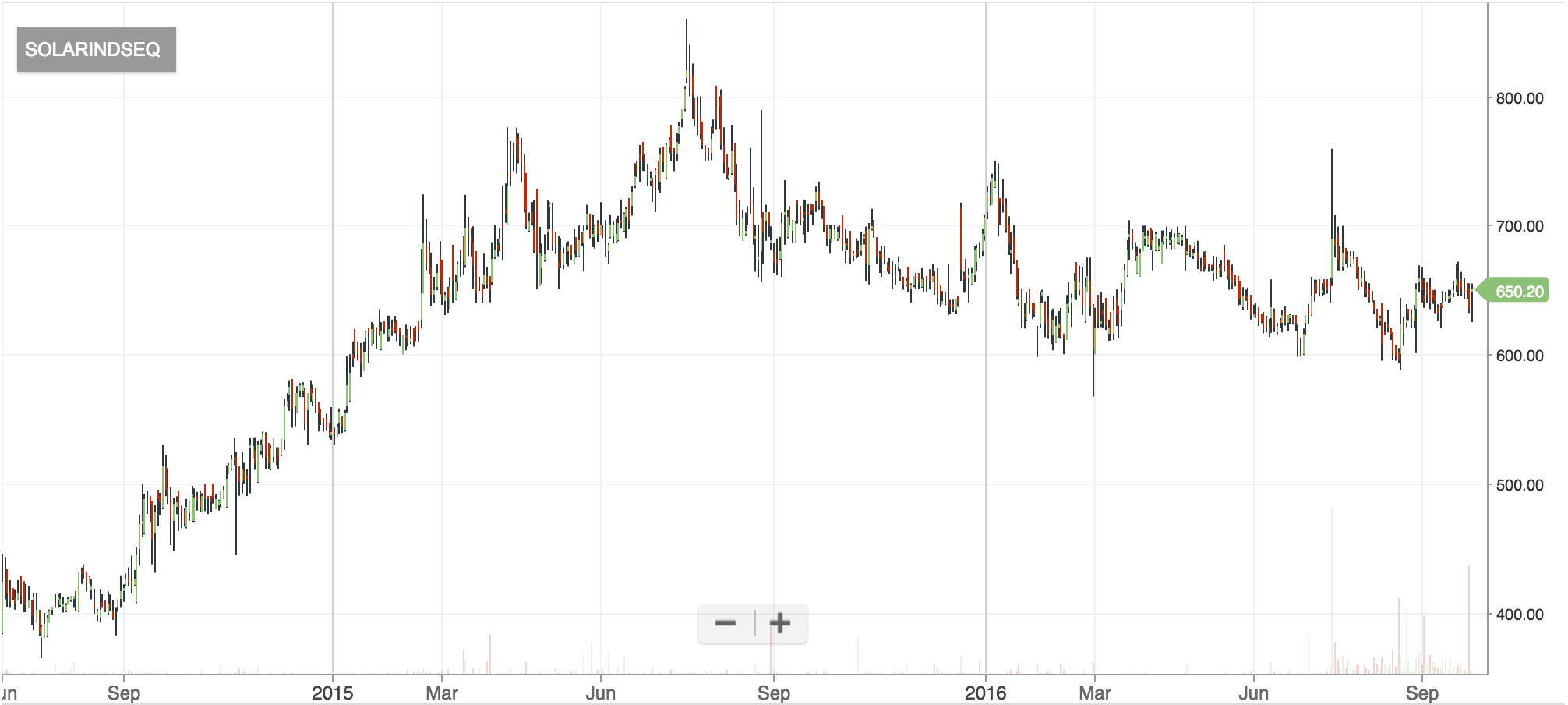Stock Split Definition
The share capital of a company has definite number of shares with a specified face value. Stock split is the decision of the Board of Directors of the company to increase the number of shares by proportionately reducing the face value.
Stock Split Example
Example - A share with face value of Rs.10 can get split into 5 shares of face value of Rs.2 each or 10 shares of face value of Re.1 each.
Change in Price after Stock Splits
Post Stock Split Ex - Split Price = Original Price prior to Stock Split * New Face Value / Old Face Value
Change in Quantity Held after Stock Splits
Post Stock Split Ex - Split Quantity of Shares = Original Number of shares prior to Stock Split * New Face Value / Old Face Value
Perceived Advantages of Stock Splits
Stock Split is a Zero Sum Game i.e. means it has no impact on the market capitalisation of the company prior to the stock split and post the stock split. With splitting of shares, in case of a listed Company, neither the net worth nor the market capitalisation undergoes any change. The decision to split the share is taken by the management when the share price is substantially high, making the share unaffordable to the general investor. With the split, number of shares available at a stock market increases and with reasonable price level, it becomes affordable. Subsequently, however, with the increase in the demand, price increases. Split also helps company to improve the psychological connect of the investors with the Company since the shares of the company is within their reach and at attractive price providing an opportunity to increase overall shareholder base of the company. Since, share price reduces after split and bonus both but the two have totally different basis.
| In case of stock split, shareholder gets additional shares but face value reduces in proportion to the ratio. The primary purpose of stock split is to create more liquidity in share market. After stock split, share capital and reserves remain same in absolute rupee terms remain the same. In case of a stock split, the difference shares are immediately reflected in your demat account the following day of the split and investors can also sell theses shares without risk of auction of the additional shares. | In case of bonus shares, shareholder gets additional shares of same face value in pre decided ratio. The primary purpose of bonus issue is to reward shareholders in kind by issuing a few extra shares. After bonus issue, share capital increases while reserves decrease. In case of a bonus, the difference shares are reflected/credited in your demat account after a few days and not immediately after the bonus and investors cannot also sell theses shares else would carry a risk of auction due to non-delivery. |
Other Popular Corporate Actions
- Dividend
- Bonus Shares
- Rights Shares
We'd also like to add some great insights from the Oracle of Omaha, Mr. Warren Buffett on Stock Splits as under. Insights from Warren Buffett's 1983 Annual Shareholder Letter discussing Stock Splits Warren Buffett in his 1983 Shareholder letter stated that Stock Splits are NOT a PRO-shareholder action. The rationale for the same is as under:
- Berkshire's primary goal - Have stock sell at a rational related (and not identical) price closely tied to its intrinsic value and a key ingredient for this is rational current and prospective shareholders.
- Silly stock prices can appear from time to time if the current shareholders and prospective shareholders make irrational or emotional decisions. Their assumption was that silly personalities produce silly valuations and it would be against the interest of existing shareholders if that were to happen.
- In their opinion the best way to attract high quality ownership is Self Selection. Mr. Buffett states that "In large part, however, we feel that high quality ownership can be attracted and maintained if we consistently communicate our business and ownership philosophy - along with no other conflicting messages - and then let self selection follow its course. For example, self selection will draw a far different crowd to a musical event advertised as an opera than one advertised as a rock concert even though anyone can buy a ticket to either."
- Berkshire therefore attracts investors who understand their business by means of their advertisements which include their policies and other communications. Their desire shareholders who wish to see themselves as owners and invest with a long term intent. Therefore, they desire shareholders focussed on results and not prices only.
- Mr. Buffett explains his philosophy on not splitting the Berkshire share in the letter. The extracts state as under: "Were we to split the stock or take other actions focusing on stock price rather than business value, we would attract an entering class of buyers inferior to the exiting class of sellers. At $1300, there are very few investors who can’t afford a Berkshire share. Would a potential one-share purchaser be better off if we split 100 for 1 so he could buy 100 shares? Those who think so and who would buy the stock because of the split or in anticipation of one would definitely downgrade the quality of our present shareholder group.
- (Could we really improve our shareholder group by trading some of our present clear-thinking members for impressionable new ones who, preferring paper to value, feel wealthier with nine $10 bills than with one $100 bill?) People who buy for non-value reasons are likely to sell for non-value reasons. Their presence in the picture will accentuate erratic price swings unrelated to underlying business developments. We will try to avoid policies that attract buyers with a short-term focus on our stock price and try to follow policies that attract informed long-term investors focusing on business values. just as you purchased your Berkshire shares in a market populated by rational informed investors, you deserve a chance to sell - should you ever want to - in the same kind of market. We will work to keep it in existence."
Mr. Warren Buffett's views are quite contrary to retail investor opinions on Stock splits. One Indian company that validates Mr. Buffett's views in India is MRF tyres. MRF tyres has not indulged in zero sum corporate actions. The Stock used to trade at Rs. 400-500 in 2000-01 and traded at 100x i.e. Rs. 45,000+ in 2016 without any stock splits or bonus. With every increase in price, the stock has gotten farther out of the reach of weak hands and silly investors and the MRF stock has managed to preserve the quality of its elite shareholder group.
[caption id="attachment_1687" align="aligncenter" width="2478"] MRF Chart till 2016 - No Stock Splits and preserving shareholder quality[/caption]
MRF Chart till 2016 - No Stock Splits and preserving shareholder quality[/caption]Caution - Ensure charts have been adjusted in case of Stock Splits while conducting Technical Analysis of Chart patterns
[caption id="attachment_1689" align="aligncenter" width="2476"] Stock Splits where Chart prices have not been adjusted - Solar Industries Example[/caption][caption id="attachment_1690" align="aligncenter" width="2012"]
Stock Splits where Chart prices have not been adjusted - Solar Industries Example[/caption][caption id="attachment_1690" align="aligncenter" width="2012"] Stock Splits where Chart prices have been adjusted - Solar Industries Example[/caption]
Stock Splits where Chart prices have been adjusted - Solar Industries Example[/caption]Above, we have 2 charts of the same stock in the same period. The stock of Solar Industries went Ex Split on 13-07-2016 where the old face value was Rs. 10 and the new face value was Rs. 2. Accordingly the price was adjusted and quoted from 3300 odd levels (pre split) to 650 levels (post split). As you can see in the first chart, the prices have not been adjusted in the charts and therefore we can see a huge gap in the charts whereas in the second chart, the price has been adjusted in the charts and therefore we see no anomaly in prices and see a normal price pattern.
If any trader was to apply any technical analysis methods such as moving averages, RSI, bollinger bands, etc in the first chart, the results would be absurd and would lead to incorrect conclusions. Hence, it is very important that traders ensure that the charts have been adjusted for stock splits before applying any technical analysis studies. The adjustment in charts needs to be done in VOLUME and PRICE in accordance with the formula as above.




 Easy & quick
Easy & quick
Leave A Comment?